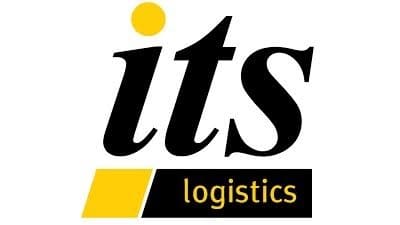
— ITS Logistics confirms transpacific trade lanes shipped to North America are experiencing increased spot rates by almost 10 times from earlier this year–
ITS Logistics today released the August forecast for the ITS Logistics US Port/Rail Ramp Freight Index. This month the index reveals that significant bottlenecks are continuing to occur in Asia for U.S. imports, especially in Southeast Asia. For transpacific trade lanes being shipped to North America, the lack of vessel space and container availability continues to increase spot rates by almost 10 times from earlier this year. The recent closure of Ningbo Beilun’s Phase III Terminal due to an explosion on August 9th is also expected to have a significant impact on the main transpacific trade lanes out of Asia as well as the overall supply chain globally.
“This lack of vessel space and container availability is creating the potential for a significant wave of container traffic on the back end of Q3 and early Q4, as more capacity is deployed and rates lower within a range to keep shippers profitable,” said Paul Brashier, Vice President of Global Supply Chain for ITS Logistics. “There is also anecdotal evidence that some shippers are concerned about potential tariff increases due to the potential of a second Trump presidency.”
Just last month, the former President confirmed in a Bloomberg interview that if elected for a second term as President, he plans to propose a new 10% tariff on all imported goods with a 60% tax on all goods from China. These goods specifically accounted for about 15% of all U.S. imports last year.
While China was the main priority for tariffs during Trump’s first term, the interview confirmed that a new term may place more emphasis on the European Union and the UK. Regardless of which countries become the focal point should Trump become president again, economists are warning that such actions could very likely become inflationary.
“To avoid a similar situation to Q4 2018, some shippers may increase inventory in the back half of 2024, especially if transpacific trade lane shipping rates decrease,” continued Brashier. “Shippers may also want to get ahead of increased consumer demand, which could be influenced by potential interest rate cuts by the Federal Reserve. Perception usually drives reality in shipping, and just the potential of changes in the economy can shift freight activity.”
This month’s forecast also reveals that strike activity, or the potential of it, will affect the West Coast and inland rail legs of ocean container traffic entering Canada. Due to last week’s ruling by the Canada Industrial Relations Board (CIRB), rail is not an essential service in Canada, and a strike or disruption is more likely to occur. As a result, the West Coast ocean region has been categorized as a SEVERE concern, and inland rail ramps are an ELEVATED concern.
Lastly, an increase in revenue per outbound containers is causing them to be expedited back to Asia, which is starting to adversely affect exports. In response, ITS is urging exporters to be cautious as they navigate making cuts for export.
ITS Logistics offers a full suite of network transportation solutions across North America and distribution and fulfillment services to 95% of the U.S. population within two days. These services include drayage and intermodal in 22 coastal ports and 30 rail ramps, a full suite of asset and asset-lite transportation solutions, omnichannel distribution and fulfillment, LTL, and outbound small parcel.
The ITS Logistics US Port/Rail Ramp Freight Index forecasts port container and dray operations for the Pacific, Atlantic, and Gulf regions. Ocean and domestic container rail ramp operations are also highlighted in the index for both the West Inland and East Inland regions. Visit here for a full comprehensive copy of the index with expected forecasts for the US port and rail ramps.































































